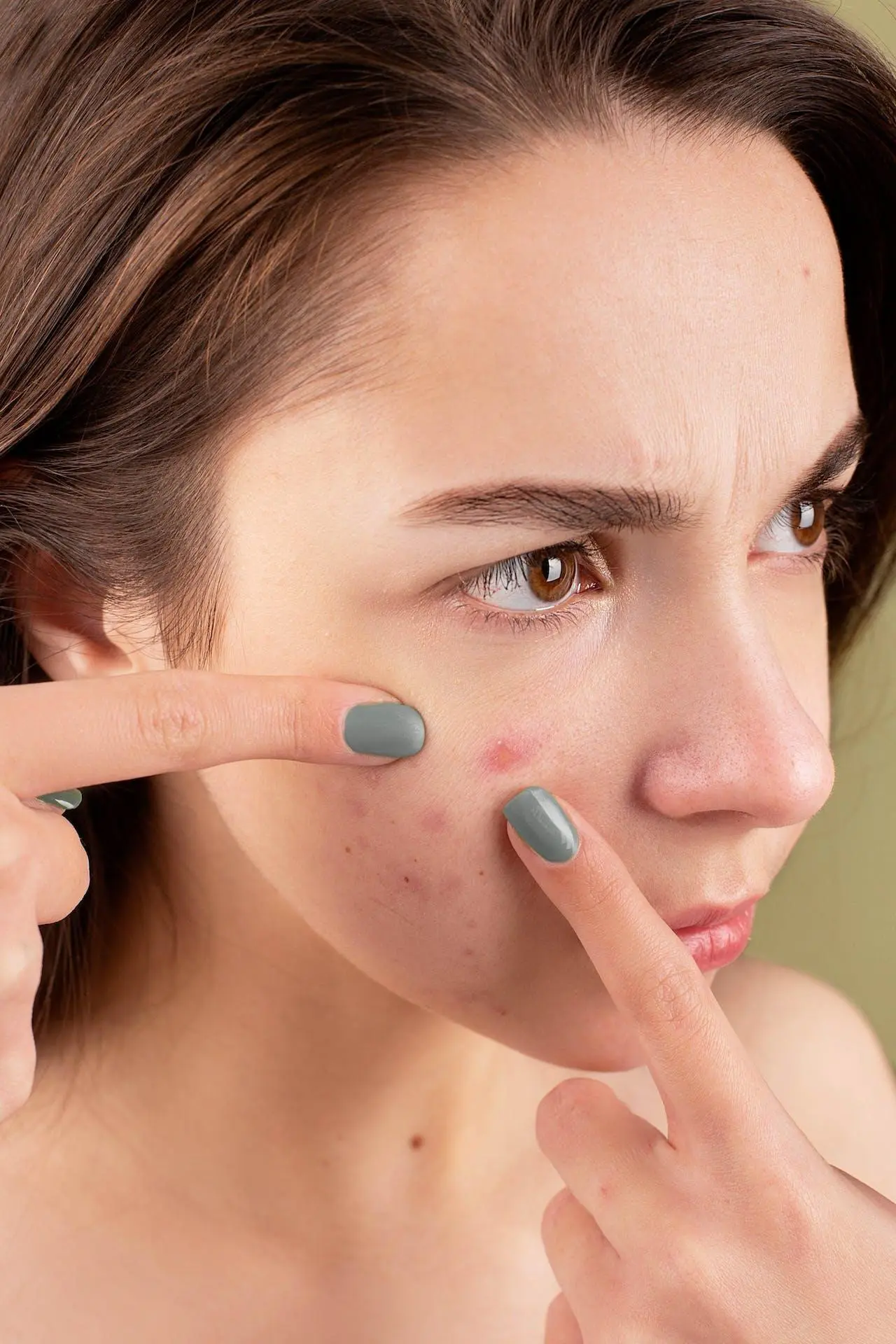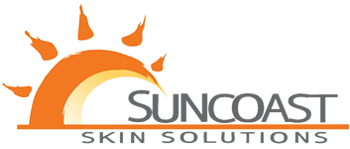
Popping pimples is always tempting, but before you scratch it with your nail to remove that seed-like substance or the pus, there’s something you should know – not only do you risk an infection but also discoloration and more breakouts!
A pimple occurs when excess oil (sebum), bacteria, and dead skin cells get trapped inside a pore. As a result, a tender, red bump forms with pus. There are different types of pimples, the most common including blackheads, whiteheads, papules, and pustules.
Here’s a brief introduction to them:
- Whiteheads: Whiteheads appear as small, raised bumps on the skin’s surface. They have a yellowish or white center. They are caused by sebum buildup and clogged hair follicles. The only good thing about whiteheads is that they don’t mar your skin. They don’t cause redness or much pain and are non-inflammatory.
- Blackheads: Blackheads are known as open comedones. Like whiteheads, they appear as bumps on the skin but are darker in appearance. Their black-brown color is because of dirt clogging the skin’s pores. Blackheads usually appear on the forehead, nose, and chin.
- Papules: Papules are solid raised bumps that are quite small and red or pink. They form due to a hair follicle infection or inflammation and are tender to the touch. Papules should never be touched because the slightest scratch can worsen it and lead to scarring.
- Pustules: Like papules, pustules are raised bumps but with pus in them that has a yellow or white appearance. They are often surrounded by red, inflamed skin, which is why they are quite painful and should not be squeezed to prevent further infection.
Now that you know the basics about the pimples you encounter on your skin, here are a couple of reasons you shouldn’t pop a pimple:
Causes of Popping Pimples
A Painful, Throbbing Pinch
Let’s start with the most obvious reason not to pop a pimple – pain.
The pressure you exert on a pimple while popping it can cause discomfort. Trust us when we say it’s not a pleasant experience. The minute you squeeze out the whitehead, you feel relief, followed by a slight burning sensation. You then massage an ointment onto the open pore, which causes inflammation, which brings us to the second cause:
Inflammation
When you pop a pimple, you trigger your body’s inflammatory response. The body tries to heal the wound by packing it with white blood cells. The more relentless you become in getting the cluster of sebum out, the double the skin works to heal it. This is why a pimple looks worse when popped because it is in the healing stage. As a result, the surrounding skin swells up and becomes painful to touch and red.
The Risk of Getting an Infection
Pimples contain bacteria, primarily Cutibacterium acne. This acne type contains Propionibacterium bacteria, which causes inflammation. When you pop a pimple, you risk introducing new bacteria from your hands into the open wound. This can lead to infection and aggravate the pimple’s condition.
No More Flawless Skin
When you pop a pimple, the surrounding skin experiences trauma, which leads to scarring. Some scars last quite long, while others become permanent. These scars cannot be treated with cream and require a visit to a dermatologist.
The More You Pop, the More it Spreads
Popping a pimple can cause the debris and bacteria within to spread to the surrounding pores. This leads to the formation of new pimples. The cluster is a sore sight and often causes blemishes. So, you pay double, sometimes triple the price of one.
Slow Healing
Popping a pimple disrupts your body’s natural healing process. This is why you should leave the pimple alone and give it time to heal on its own. No matter how tempting it might look to pop the pimple, remember this – your relief will be short-lived because the pimple’s lifespan will be extended.
Tips to Take Care of a Pimple
Think of your pimple as a baby. You need to be extra gentle with it. It might be one of the hardest things to do, but resist the urge to pop that pimple. Here’s what you should do:
Cleanse Your Face: Use a pH-balanced cleanser to wash your face twice daily. Cleansing helps remove dead skin cells, excess oil, and dirt that clog pores and lead to pimples.
Spot Treatment: Over-the-counter spot treatments with ingredients such as sulfur, benzoyl peroxide, or salicylic acid are quite helpful in reducing inflammation and speeding up the healing process. You can also try a pimple patch that contains hydrocolloid.
DIY Remedies: For a natural approach, try aloe vera or tea tree oil. The former’s hydrating properties help combat acne, and the latter’s antimicrobial and anti-inflammatory not only reduce acne, but also prevent scars.
Sleep on a Clean Pillowcase: Change your pillowcase at least once a week. Dirty pillowcases transfer oil and bacteria to your skin, causing breakouts. The best pillowcase materials to avoid acne are bamboo and silk.
Avoid Heavy Makeup: You have to attend a party, but a pimple on your nose is destroying your look. So, you decide to cover it with heavy makeup. NEVER do this! Makeup can clog your pores and worsen the pimple. Use non-comedogenic makeup instead, as it is lightweight and specially formulated for pimple-prone skin.
Moisturize Daily: The skin has a natural protective barrier composed of lipids that help retain moisture and prevent harmful substances from entering. When this barrier is compromised, the skin becomes more vulnerable to various issues, including acne. One of the common misconceptions is that moisturizing the skin will make it oilier. Thanks to advancements in skincare products, you can now benefit from oil-free moisturizers and balance your skin’s sebum production.
So, there you have it – the consequences of popping pimples. The best way to stop yourself from doing this is to break the habit. Wear a rubber band around your wrist and snap yourself with it every time you get the urge to pop a pimple.
Suncoast Skin Solutions offers various acne treatments under Medical Dermatology. From topical prescription to chemical peels, dermabrasion, and more, you can choose an option that suits your skin best. To know more about the treatments, visit our website https://suncoastskin.com
SunCoast Skin Solutions Dermatology offices are located in Tampa / Hillsborough, St. Pete / Pinellas County, Brandon, Lutz, Winter Haven, Largo, Hudson, Leesburg, Jupiter, Lecanto, Riverview, Brooksville, Clearwater, Ocala, Palm Harbor, Daytona Beach, Sarasota, Punta Gorda, Seminole, (Inverness, Port Charlette, Port Saint Lucie coming soon), Florida. Contact us at 1-844-786-3376 or click here.

Recent Comments